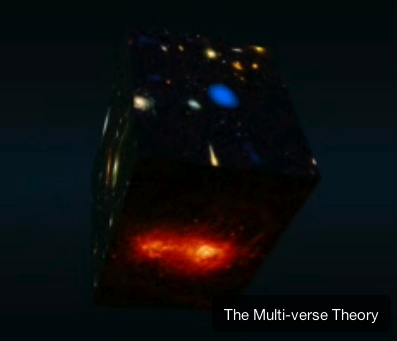
A long, long time ago, in a distant universe…
Sometime around about 200,000 it “all” drops away. The current recorded evidence for the powers of creative artifice–that of homo sapiens sapiens–shows the story of adaptation and innovation to reflect a process of accrual. I don’t tire of reminding people who assert different using (usually magical) developmental facts, that their dodgy form of psychology, theology, or philosophy, or what-have-you, makes no account of the bare facts on the ground several hundred thousand years ago.
For example, the most ancient evidence serves as a powerful empirical rejoinder to the any theory of intelligent design. Why would a designer build the highest form of sentient life to be so primitive? Moreover, where is any account to be found in any theism or traditionalism or foundationalism able to make an actual account? No, in fact every bright idea can be seen to arise, to be evoked as-it-were, from a point of aroused curiosity or pressurized necessity. But, then, as one tracks backward, each and every bright idea literally disappears.
[qt:http://www.squareone-learning.com/video/Multiverse-Theory.mov 720 480]
(video:quicktime:takes 5 minutes to load)
Video: Stephen Calhoun, using photographs taken from the Hubble orbital observtaory.
Music: Kamelmauz
Lucy’s Species May Have Used Stone Tools 3.4 Million Years Ago
Evidence for the survival of the oldest terrestrial mantle reservoir
Study: 650-Million-Year-Old Sponges May Be World’s Oldest Animals
The settlement of Australia is a breakthrough in the “human story.” Very soon after anatomically modern humans began to replace (and to some extent assimilate) other lineages of our genus in Eurasia we pushed beyond the previous outer limits of the domains of humankind. The ancestors of Australian Aboriginals swept past the Wallace Line, and quickly settled the Ice Age continent of Sahul, consisting of Australia and Papua New Guinea. The biogeography of Australia is well known. Aside from bats and some endemic rodents the continent was free of placental mammals before modern humans arrived.
As for when these humans made landfall, there is some debate as to that particular issue. The oldest remains from Australia, Mungo Man, has been dated to anywhere between 70,000, and 30,000, years before the present. If we took the older date then Australia would have been settled almost immediately after the expansion of non-African modern humanity. If we accepted the younger date, then the settlement of Australia would have been concurrent with the final replacement of Neandertals by modern humans in Europe. The current consensus seems to be that Mungo Man dates to approximately 46,000 years before the present. As the first dating of a particular individual from a species in a region is liable to miss earlier individuals who were not fossilized it seems likely that Australia was settled by anatomically modern humans on the order of 46,000 years before the present, but somewhat earlier than that date. That would imply that Australia was populated by anatomically modern humans at least 10,000 years before Europe. One should probably not be too surprised by this. Out-of-Africa humans were probably initially tropically adapted so lateral migration would have been easier, but also, there were no hominin competitors in Australia.
